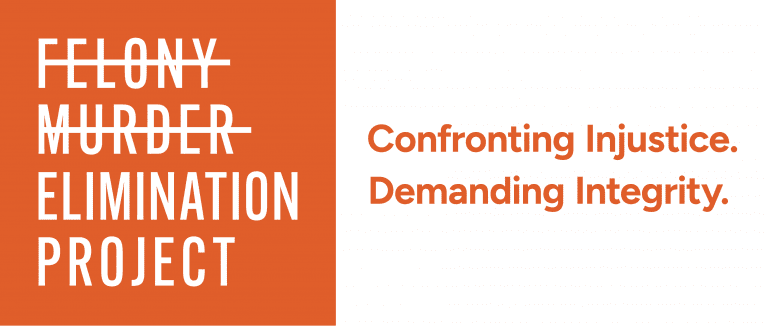This week, the state of California’s Committee on Revision of the Penal Code released the most-comprehensive look at how Second Look policies reform California’s approaches to incarceration. In summary, the report found low recidivism rates among people who were older and had served lengthy sentences. Those patterns contrasted with people serving shorter prison sentences for nonviolent crimes, which showed higher rates of recidivism, the majority of which were for misdemeanors.
California prisons faced severe overcrowding after decades of “tough-on-crime” policies during the 1990’s that accelerated mass incarceration rates in the state’s carceral facilities. This overcrowding led to the United States Supreme Court to rule the state’s mass incarceration rate as “unconstitutional” and forced the state to reduce its prison population in 2011. This resulted in measures like Public Safety Realignment and Proposition 47 were enacted to decrease the state prison population and reduce the number of offenders sent to state prison.
Still, overcrowding persists within California’s prisons. According to the California Legislative Analyst’s Office, as of January 2024, California Department of Corrections and Rehabilitation (CDCR) is holding about 93,900 incarcerated individuals. This means that, at the writing of that 2024 report the California prison system is currently 10% over capacity.
Enter the relevance of Second Look policies and reforms.
Second Look reform policies are designed to help reduce the prison population by allowing courts to review and potentially lower lengthy sentences for individuals who have demonstrated rehabilitation and are no longer a public safety threat. These reforms can lower reoffending rates, save public resources, and help address excessive and counterproductive sentences.
Summarizing Second Look policies and reforms:
- Second look policies grant judges the power to revisit sentences after a significant period of incarceration to assess if continued imprisonment is necessary or appropriate.
- The review process often considers whether the individual has been rehabilitated and is no longer a threat to public safety, allowing for earlier release.
- By re-evaluating sentences based on current factors, these policies promote more proportional sentencing and address the issue of excessively long sentences.
- Studies, including this one just released by the Committee on Revision of the Penal Code. routinely show that individuals released under second look policies have low rates of reoffending, indicating they contribute to public safety rather than posing a risk.
Key notes from the Committee on Revision of the Penal Code’s report:
- Proposition 36, which passed in 2012 and significantly reformed the state’s “Three Strikes” law by restricting the imposition of life sentences, allowed people serving a life sentence for a “non-serious, non-violent” third strike offense to petition courts for resentencing. Nearly half of the 2,200 people who were released were Black and most were above age 50. The group had an especially low recidivism rate.
- A 2018 “Good Conduct” policy allows the California Department of Corrections and Rehabilitation to recommend resentencing due to changes in the law or positive conduct. The department’s secretary has referred over 2,200 people for resentencing. The report found that 786 of those cases were denied. Those released under the policy had a low recidivism rate.
- A 2022 law, Senate Bill 483, allowed courts to reduce sentences for people who were serving time for sentencing enhancements that had been repealed through other laws. The report found that Black and Latino people accounted for 75% of people who were resentenced under the law.
Of significant note to the Felony Murder Elimination Project’s mission, new laws in 2018 (Senate Bill 1437, which significantly revised California’s felony murder rule by narrowing the circumstances under which someone can be convicted of felony murder) and 2022 (Senate Bill 775, which expanded upon SB 1437 to allow people convicted of attempted murder and manslaughter under certain theories, such as felony murder or the natural and probable consequences doctrine, to petition the court to have their sentences vacated and be resentenced) narrowed the circumstances for prosecutors to charge people with felony murder if they were involved in a crime but did not pull the trigger to kill someone. Those released under those two legislative changes had a very low recidivism rate.
Reducing the incarcerated population through second look reforms also saves taxpayer money by decreasing the need for costly prison systems. These policies align with broader goals of reforming the criminal justice system to reduce mass incarceration and promote a more equitable approach to sentencing. Second Look policies also give courts the power to review and reduce overly harsh sentences that have disproportionately impacted Black and Brown communities for decades, aiming to remedy past injustices and reduce future racial disparities in the criminal legal system.
Second Look Policies are working, and the data is there to back up that assertion.
Don’t be fooled by fear-based rhetoric that states otherwise.
You can read the report from the Committee on Revision of the Penal Code here: The Role of Second Look Policies in Reforming California’s Approach to Incarceration



